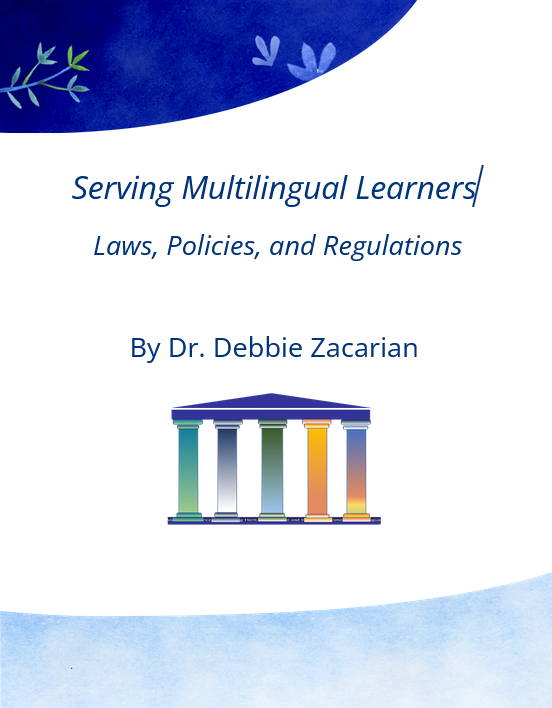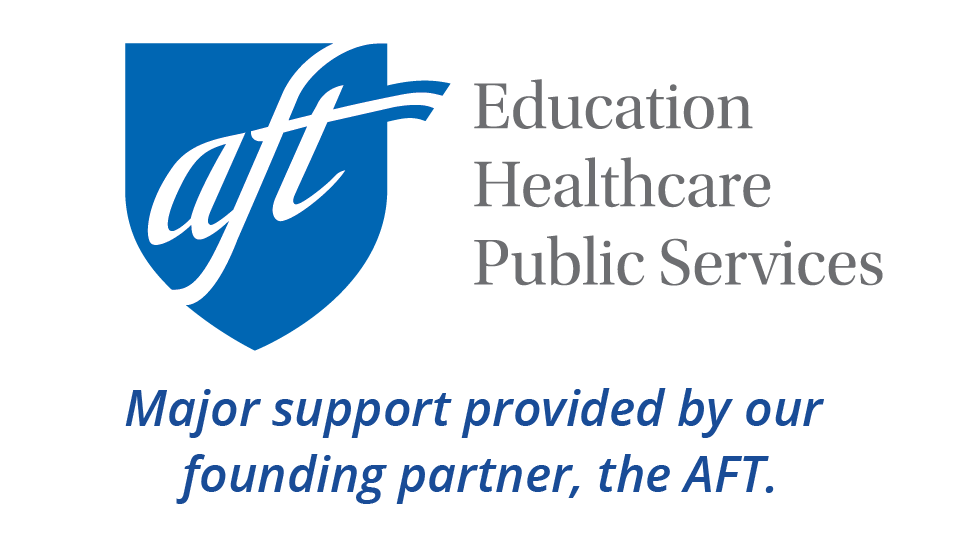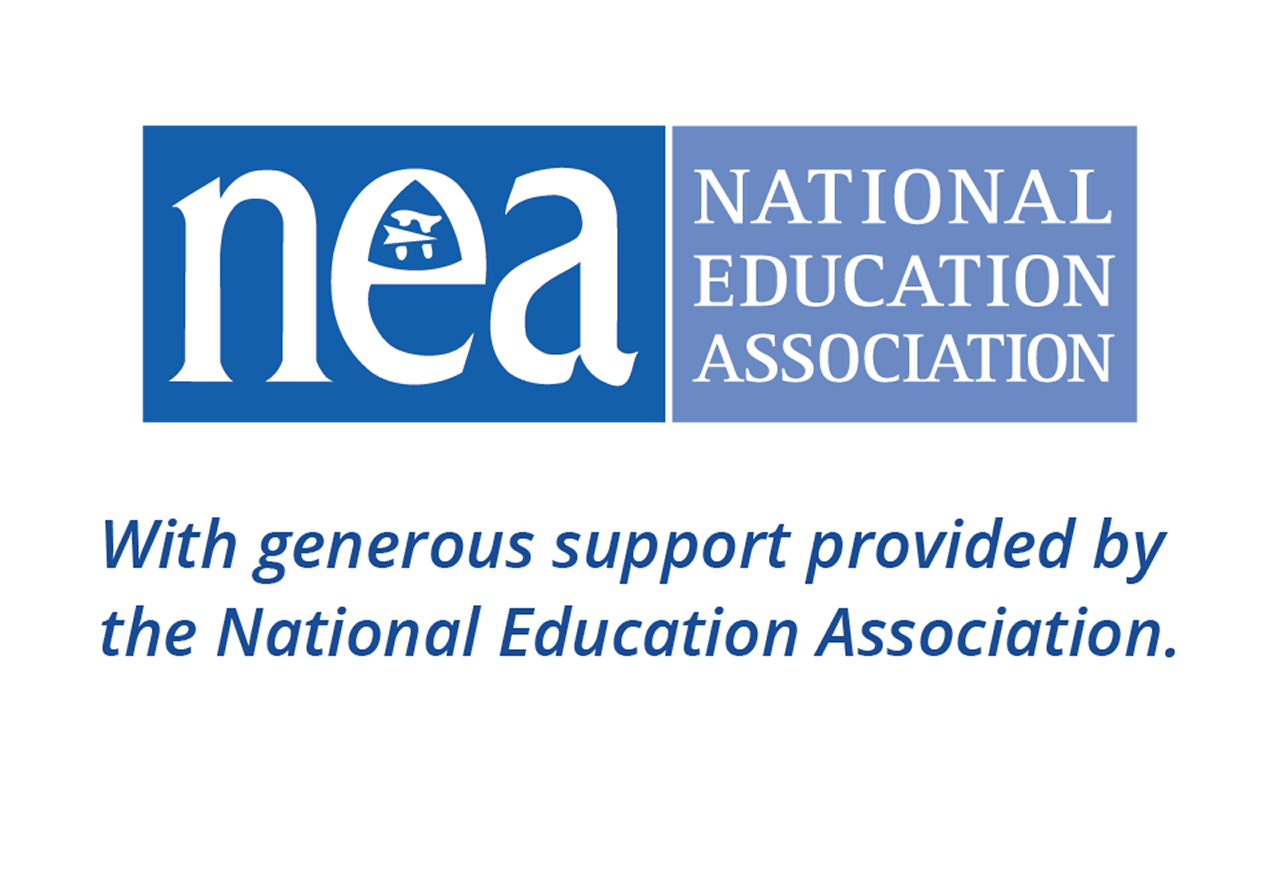The seventh key topic of the Dear Colleague Letter focuses on students who opt out of services. According to the Dear Colleague Letter, schools and state education agencies must "meet the needs of MLs who opt out of language education programs" (U.S. Departments of Justice and Education, 2015, p. 8).
A Note on Terminology
The strengths-based term multilingual learner is used throughout this document to recognize and value students' existing language abilities and highlight what they know. Keep in mind that states may use different terms and that many federal documents use the terms "English learner" and "Limited English Proficient students."
See the federal definition of a multilingual learner in Who Are Multilingual Learners?
Guiding Questions
Download this guide
 This guide is also available in a PDF version for download and printing.
This guide is also available in a PDF version for download and printing.
- What are schools and districts obligated to do when parents/guardians decline language education programming for their children?
- What action steps should schools and districts take to analyze the number/trends of students whose families opt out of the language education services their children are offered?
- What action steps should schools and districts take to assess the needs of its MLs who opt out of the language assistance programming offered for their children?
What Schools Need to Know
Families have a right to opt out of some or all the language education programs and services offered for their child. However, that decision must be voluntary and made with a family's full understanding of their child's rights, including the services that are being declined. In this case, the child will still be classified as an ML. When parents decline language education programming or specific language education services for their children, schools and districts are obligated to:
- Support the English language development and other academic learning needs of students under the civil rights laws.
- Monitor student's academic progress in learning English and core content subjects.
- Continuously inform parents when a student does not make progress and offer and re-offer further opportunities to enroll the student in the language education program "at any time" (U.S. Department of Justice & U.S. Department of Education, 2015, p. 31).
It is helpful for schools and districts to regularly review trends related to MLs whose families opt their children out of language education services, as well as these students' learning needs. The following tools can help, along with the tools from English Learner Toolkit, Chapter 7.
Tools for Educators
These tools can support educators in their work related to analyzing data on students who are opting out of services for MLs. A printable version of these tools is available in the PDF version of this guide.
Action Steps: How Many Students Are Opting Out?
To use the following tool, drawn from Zacarian (2023, p. 69), fill out the number of students in each grade who are opting out of language assistance services based on their primary language. Compiling data in this way can help identify trends among language groups, as well as by grade level.
| Language | PreK | K | 1 | 2 | 3 | 4 | 5 | 6 | 7 | 8 | 9 | 10 | 11 | 12 |
|---|---|---|---|---|---|---|---|---|---|---|---|---|---|---|
Zacarian, D. (2023), Transforming Schools for Multilingual Learners: A Comprehensive Guide for Educators (p. 69).
Action Steps: Meeting the Needs of MLs Who Opt Out of Language Education Services | |
|---|---|
It is helpful for a school- and/or district-based team of teachers, administrators, and specialists to periodically review and analyze the learning needs of the MLs whose parents opted their children out of language education services. The following list of action steps, drawn from Zacarian (2023, p. 196), is intended for this purpose.
Before families opt out of language education services, how do we ensure that families understand:
|
Copyright© 2023 by Corwin. All rights reserved. Adapted from Transforming Schools for Multilingual Learners: A Comprehensive Guide for Educators, Second Edition by Debbie Zacarian. Thousand Oaks, CA: Corwin, www.corwin.com. Posted with permission from Corwin Press.










Add new comment